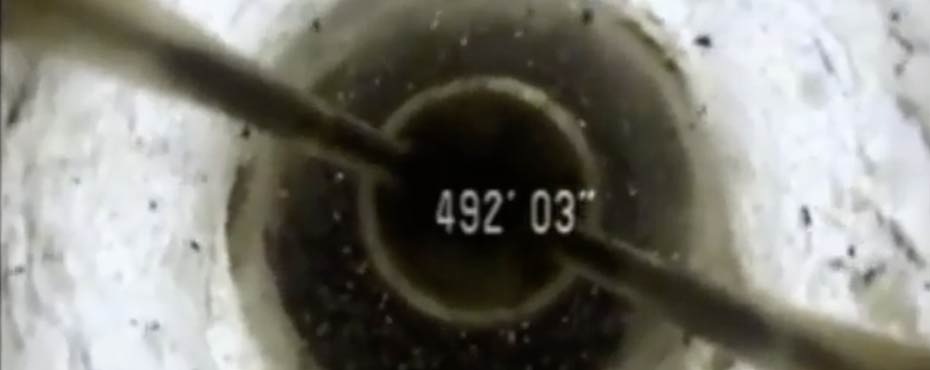Science
Ensuring that the Project operates sustainably and responsibly is our top priority. In 2009, Cadiz began an extensive evaluation of the hydrology and geology of the underlying watershed to help inform an environmentally benign design of the Cadiz Water Project. Experienced and highly regarded scientists, engineers, academics and hydrologists thoroughly updated available data with extensive field reconnaissance, applied new models that had been developed specific to the Cadiz/Fenner watershed and evaluated the desert environment at a new level of detail.
Over 18 months, from 2009-2010, the internationally respected engineering firm CH2M HILL conducted a comprehensive study measuring the vast scale and recharge rate of the aquifer system at the Project area.
This and subsequent studies found that the aquifer system beneath our Cadiz Valley property consists principally of an alluvial, carbonate, and crystalline aquifer; more specifically, gravel-like alluvium, highly permeable dissolved-limestone carbonate rock, and fractured granitic, metamorphic, and volcanic crystalline rock. The porous and cavernous nature of this rock contributes significantly to the productivity of the aquifer system.
CH2M HILL’s study was peer-reviewed by leading hydrology experts, and the results were corroborated by extensive field research and pump testing.
Primary findings of the new studies include:
- Estimate of 17-34 million acre-feet of groundwater in alluvial aquifer system alone a volume comparable to Lake Mead – our nation’s largest surface reservoir. Additional studies show that there could be another 7 million acre-feet flowing through the carbonate and crystalline rock (1 acre-foot = 326,000 gallons);
- Application of the latest 2008 USGS computer model (INFIL3.0) results in water recharge rate estimates of approximately 32,000 acre-feet per year;
- Character of the underlying carbonate and crystalline units greatly contributes to the productivity of the groundwater basin;
- Freshly collected field data, including measured evaporation from the Dry lakes, corroborates watershed model results; and
- Significant, recharging groundwater resource can be conserved so that it is not lost to evaporation.
Collectively this research resulted in a new project hypothesis, a smaller project footprint, and, ultimately, a new public-private partnership with the Santa Margarita Water District and other Southern California retail agencies. A detailed environmental review of this new Project was conducted and it was approved in 2012.
To view a video about the science of the aquifer system, click here.
In May 2012, several of the Project’s key technical and scientific experts participated in two public lectures at the University of Redlands. These lectures provided an opportunity for the community to learn more about the physical investigations and technical work conducted in support of the Project. A video of each experts’ presentations is available on our videos page, click here.
The hydrological reports and scientific analysis of the Project were published with the Project’s environmental impact report, published here: http://www.cadizwaterproject.com/public-environmental-review/


